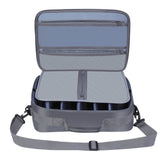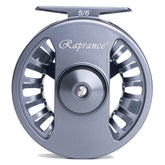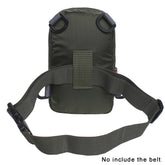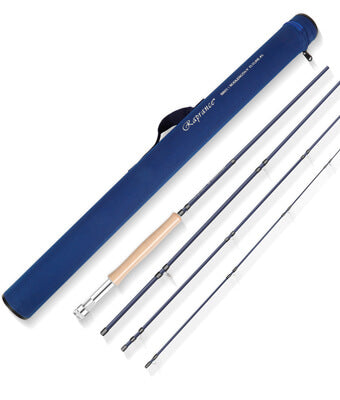How to tie the Homer Rhode Loop Knot
How to tie the Homer Rhode Loop Knot?
Use case: tippet to fly
You ever find yourself staring at a spool of tippet and a tiny fly, wondering how the heck you’re gonna connect them without losing your mind? That’s where the Homer Rhode Loop Knot comes in—simple, strong, and just a little bit sneaky. It’s one of those knots that doesn’t get enough love, probably because it sounds like some old-timer’s name, but trust me, once you’ve got it down, you’ll use it more than your go-to excuse for skipping work to fish.
Here’s the thing: this knot’s all about giving your fly some breathing room. A stiff connection can kill the action, especially with streamers or anything that needs to dance in the water. The loop lets the fly move naturally, like it’s not even tied to anything. And tying it? Well, it’s not rocket science, but it’s not exactly tying your shoes, either. You’ll need a few tries to get it right, and that’s fine. First time I tried it, I ended up with something resembling a bird’s nest, but hey, persistence pays off.
Start by threading the tippet through the fly’s eye—leave a decent tail, maybe four inches. Now, pinch the tag end and the standing line together, make a loop like you’re starting a surgeon’s knot, but don’t overthink it. Then, wrap the tag end around both lines inside that loop three, maybe four times. More wraps if you’re using thinner stuff, but don’t go crazy or it’ll jam up. Now, here’s the kicker: pass the tag end back through the loop you made at the start, right where it all began. Wet it, pull it slow, and watch the wraps snug down neat and tidy. Trim the excess, but not too close—leave a smidge so it doesn’t slip.
I remember this one evening on the Madison, late summer, the light fading fast. Big browns were sipping hoppers, but my usual knots kept stiffening the fly’s drift. Switched to the Homer Rhode on a whim, and bam—first cast, a fat 18-incher hammered it. That loop let the fly twitch just right, like a real bug struggling. Since then, it’s been my secret weapon for anything that needs to move free.
Sure, there are fancier knots out there, but this one’s got soul. It’s quick once you’ve practiced, holds like a champ, and doesn’t require a PhD in knot-tying. Plus, there’s something satisfying about using a knot that sounds like it belongs in a Hemingway story. Next time you’re rigging up, give it a shot. Worst case, you waste a few inches of tippet. Best case? You land the fish that’s been laughing at your other knots all day.















Leave a comment
Please note, comments need to be approved before they are published.